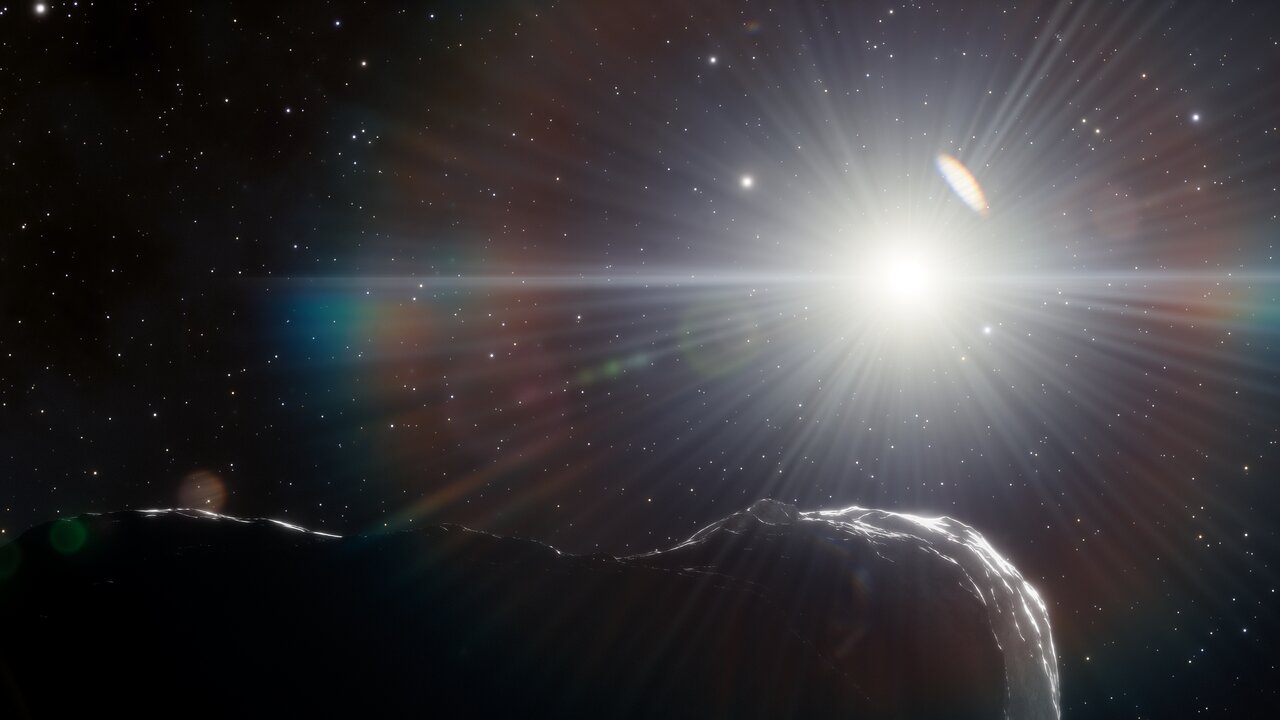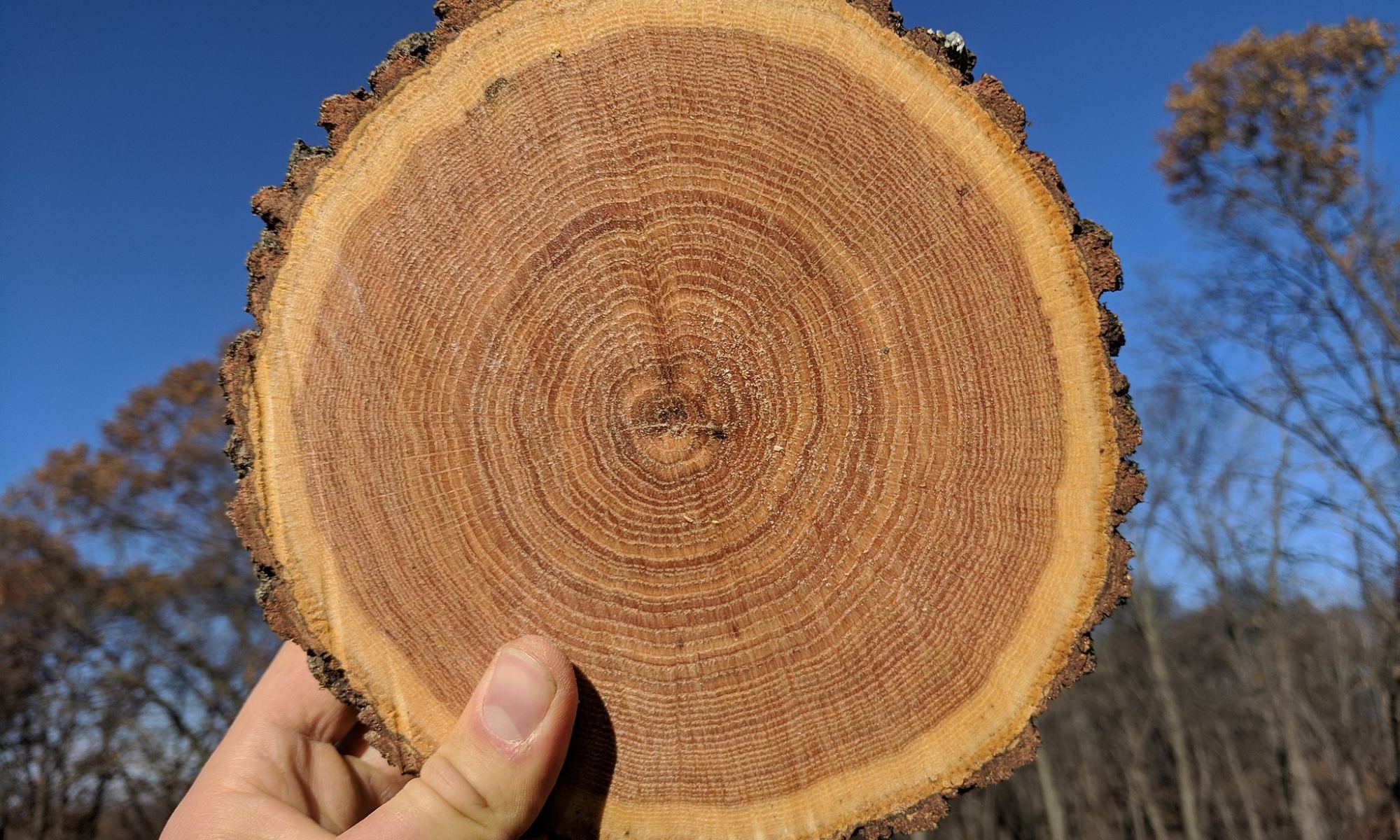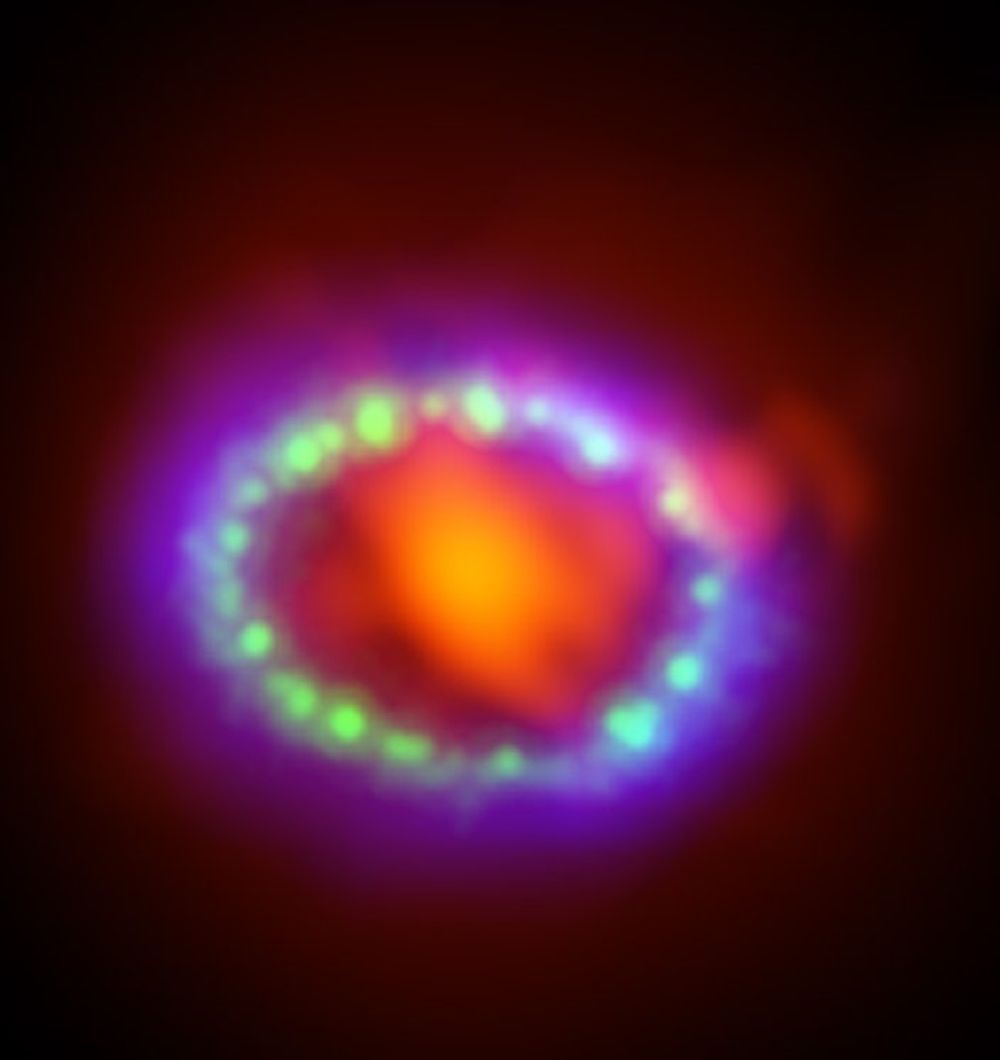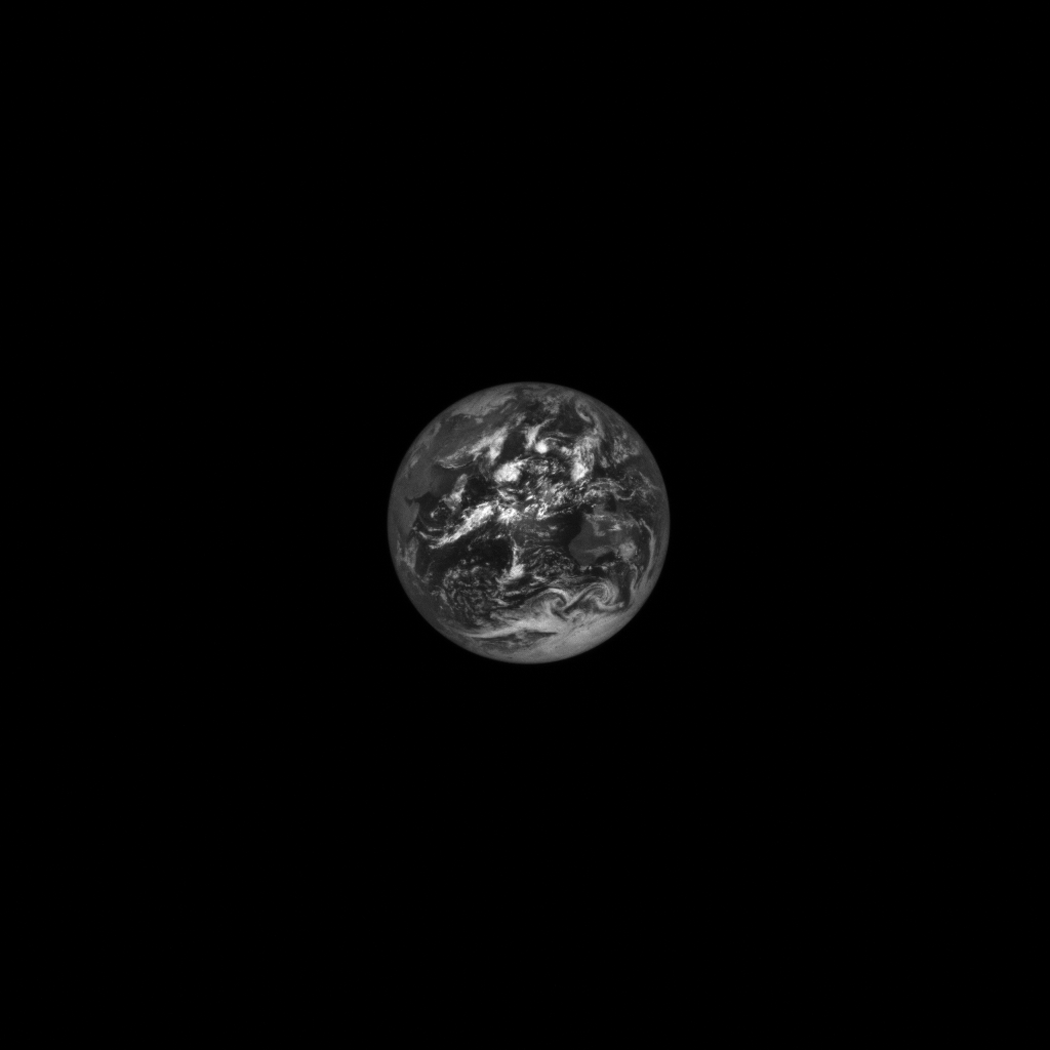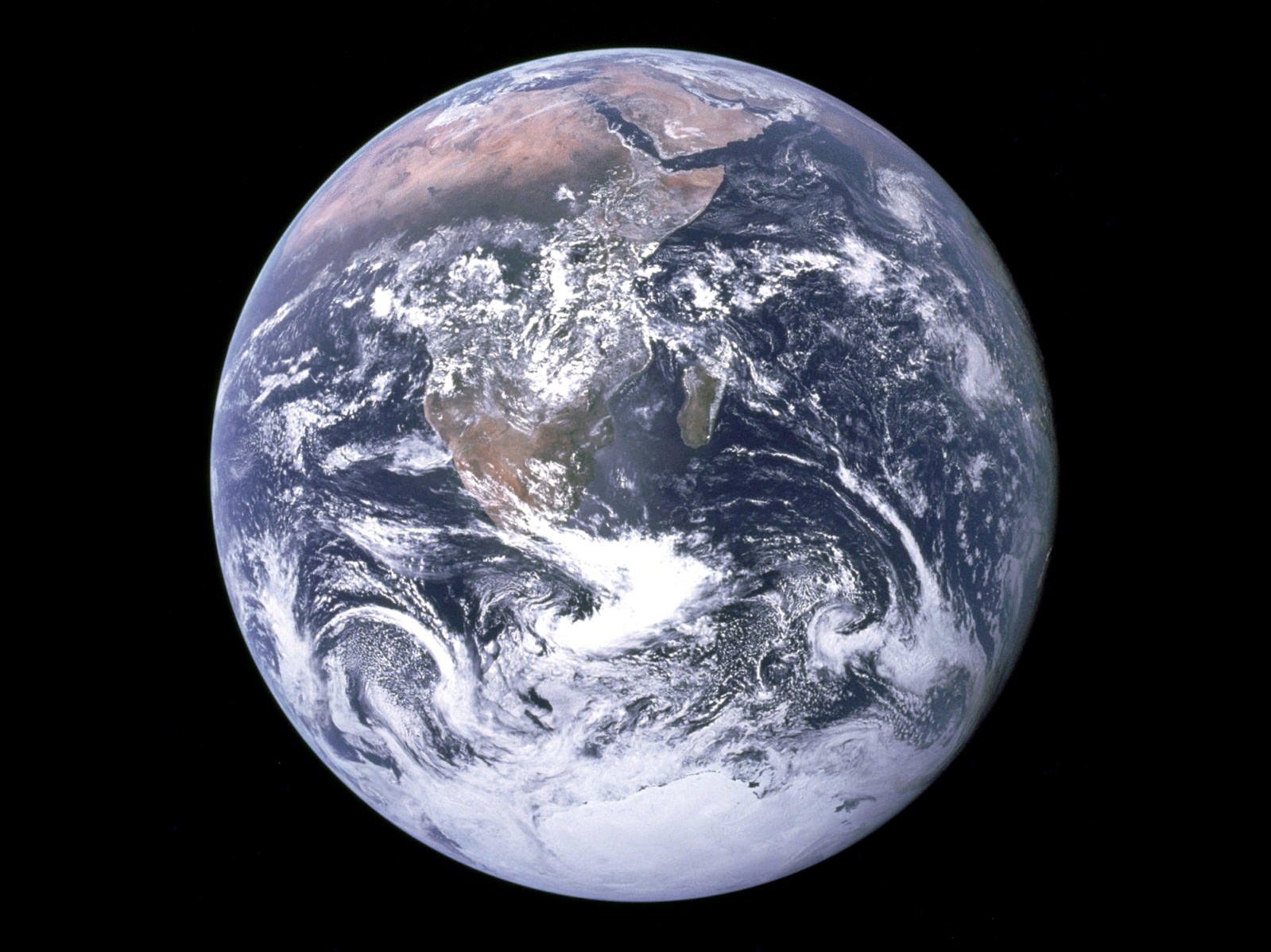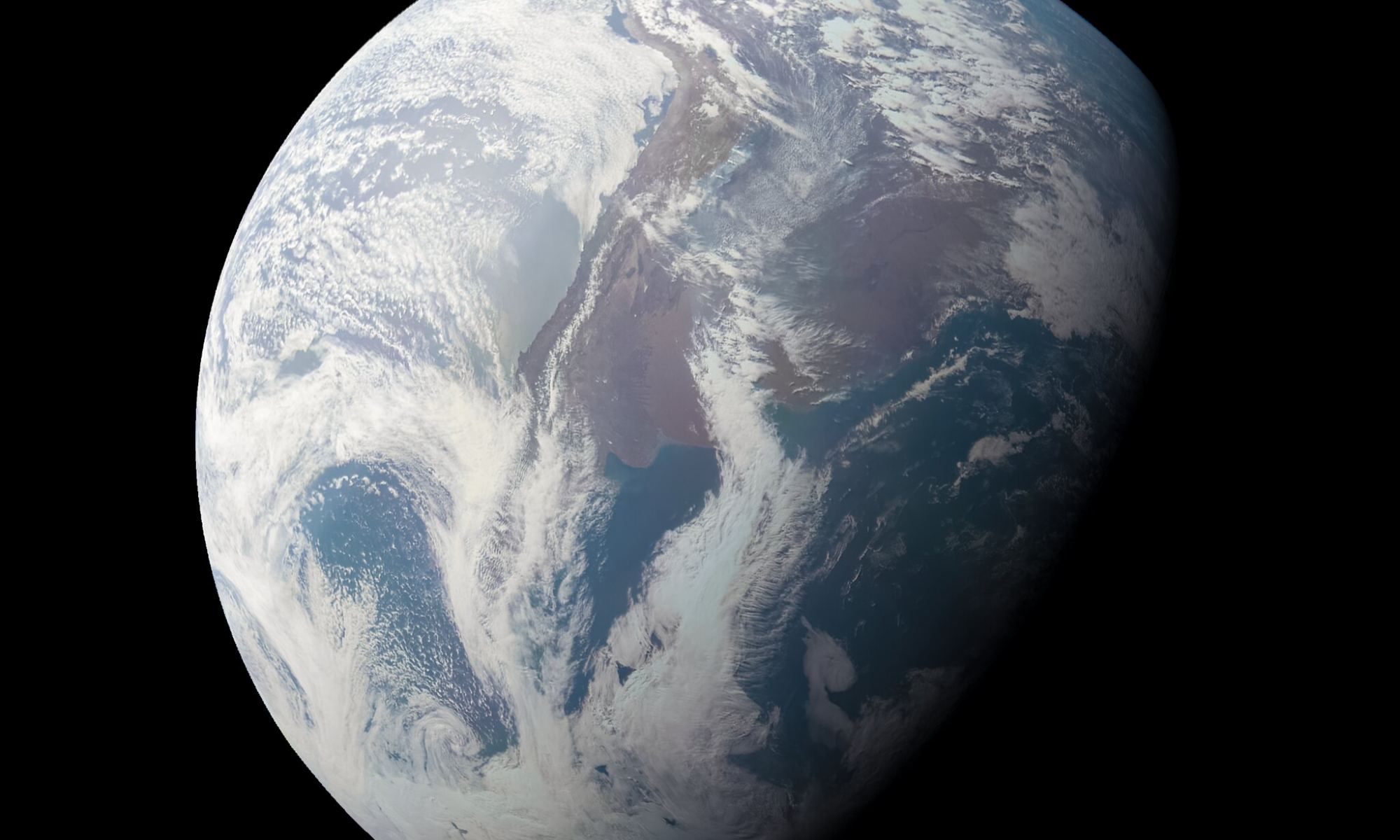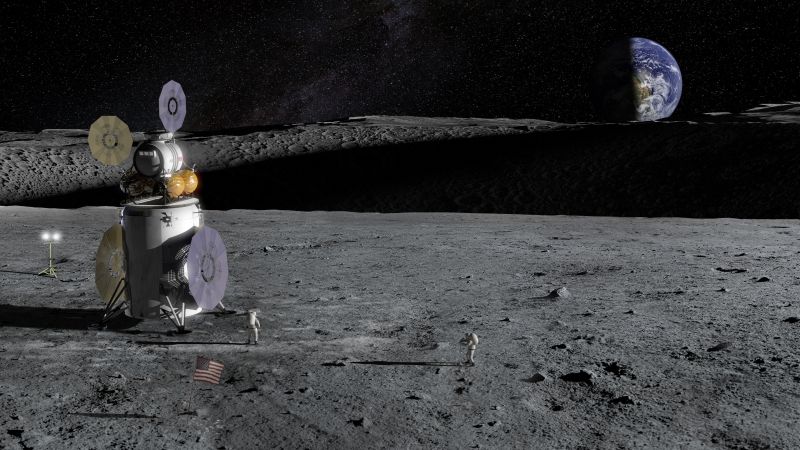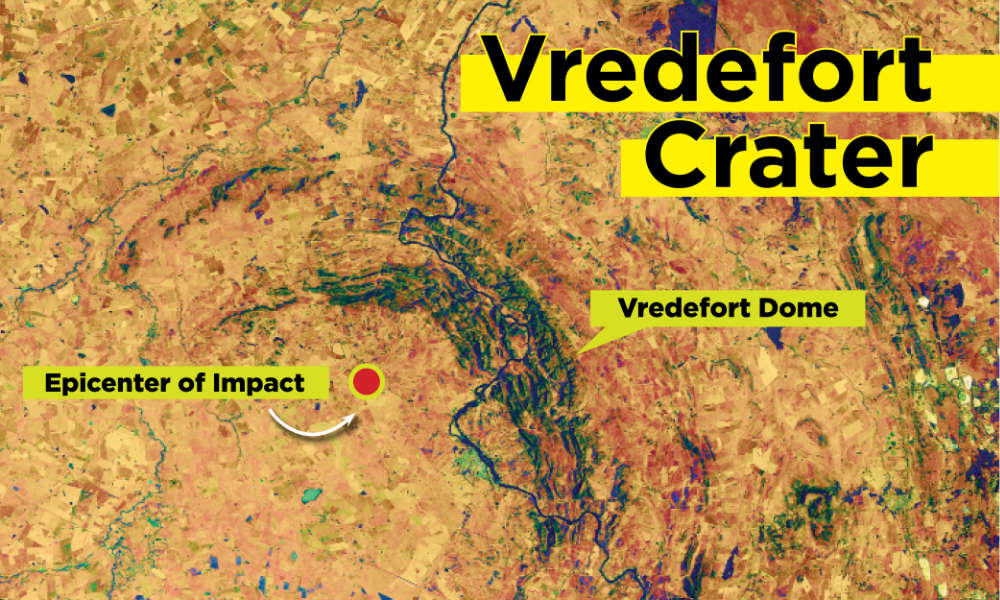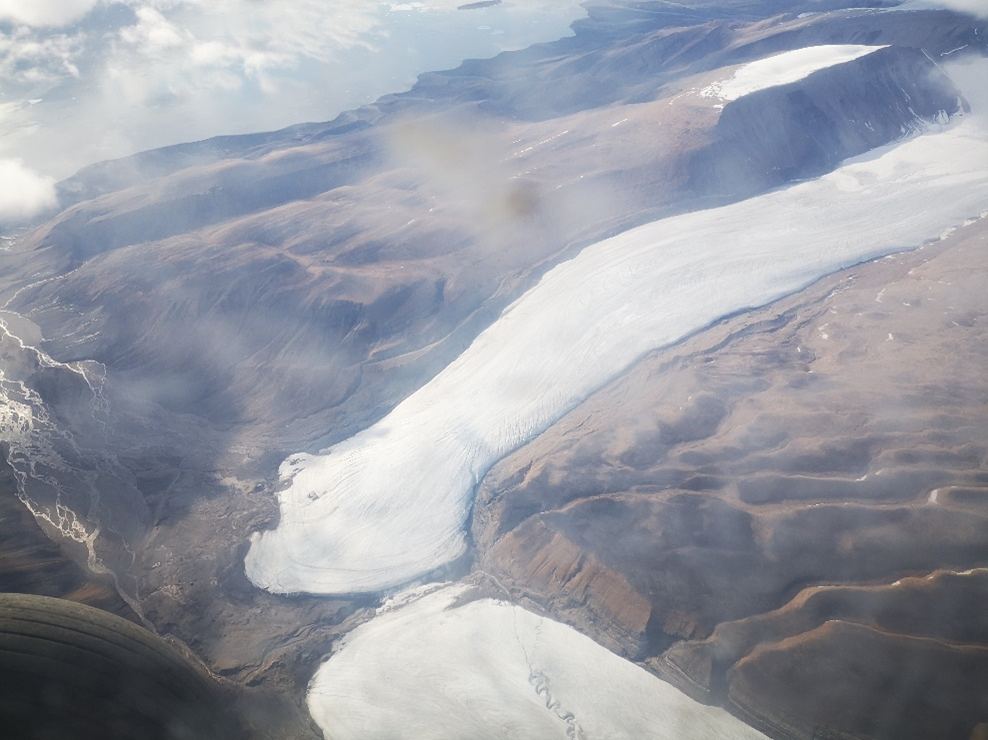An asteroid 1.5 km across is no joke. Even a much smaller one, about the size of a house, can explode with more power than the first nuclear weapons. When an asteroid is greater than 1 km in diameter, astronomers call them “planet-killers.” The impact energy released from a planet-killer striking Earth would be devastating, so knowing where these asteroids are and where they’re headed is critically important.
Our defensive capability against asteroid strikes is in its infancy, so advance notice of asteroids that could cross Earth’s orbit is critical. We’ll need time to prepare.
Continue reading “Three New Potentially Hazardous Asteroids Discovered, Including a big one That Measures 1.5 km Across”
